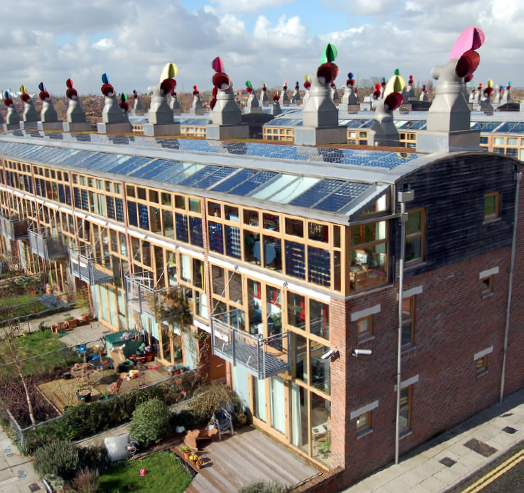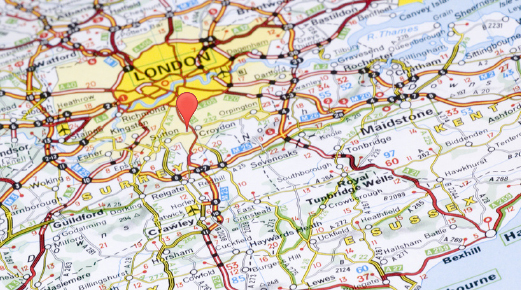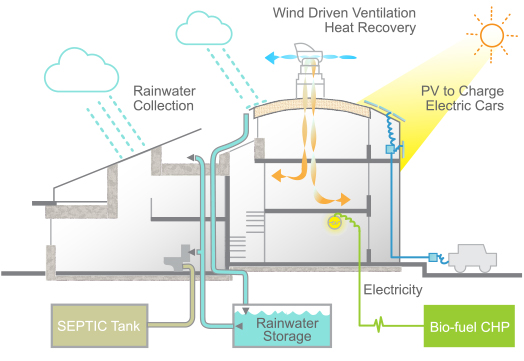
The UK’s Prototype Eco-Community
Once in a while, a project comes along that shows the world it is possible to have homes that don't take more than their fair share from the environment. This holds hope for Hong Kong which, despite introducing the BEAM Plus (Building Environmental Assessment Method) in 2009, has yet to launch an aggressive strategy for greener residences.
A True Eco-Village
The award-winning Beddington Zero Energy Development (BedZED) in South London is a low-carbon community comprising 100 affordable homes, workspace for 100 people, and communal facilities. Since residents moved in in 2002, it has inspired other low-carbon neighbourhoods in the UK and garnered great interest from environmentalists, architects, and housing developers worldwide. Importantly, BedZED is believed to have influenced the formulation of the government's mandate that all new homes must meet the top level – Code 6 – of the Government's Code for Sustainable Buildings in 2016.
Green Features
Architect Bill Dunster designed BedZED to have minimal ecological impact in both construction and operation. It was built with materials from recycled or renewable sources within a 56 km distance from the site; and aims at generating most of the energy it needs from renewable sources that include 777 m² of solar panels. Houses face south to maximize exposure to sunlight, and are fitted with good thermal insulation and triple-glazed windows to reduce heat transfer. Appliances chosen are low-energy and low-water, and use recycled water as much as possible. There are facilities to collect rain water for reuse, as well as recycling provisions at all garbage collection points.

BedZED residents are encouraged to walk, cycle and use public transport. Parking space is limited to discourage driving, and come with charging stations for electric cars. An on-site car club allows homeowners to use a vehicle when they need one.

As a result of these strategies, BedZED homeowners have a smaller carbon footprint than the local average. They
- Consume 45% less electricity and 81% less heat (from gas)
- Use over 50% less water from the public system
- Have 65% fewer fossil-fuel car miles driven
The 'Ikea' House
Following the success of BedZED, Bill Dunster went on to create RuralZED in 2008. RuralZED is a series of prefabricated zero-carbon houses that are designed to be 100% energy self-sufficient. Electricity is generated from solar panels on the roof. Fixtures are energy- and water-efficient. The manufacturer claims that the houses do not need heating in January or air-conditioning in August as they have three times more insulation than normal houses in the UK.
But the most interesting feature of the project is this—the energy efficiency level of each timber-frame residence can be easily upgraded, should the homeowner wish to do so, with prefabricated parts. For instance, they can add a solar hot water facility, passive heat recovery ventilation, a rainwater tank, even a wind turbine. This makes them more affordable—each unit costs around £150,000—than a house that's already fitted with features aimed at meeting Code Six requirements.
A Stringent Green Building Rating System
In 2006, the British government launched a green building rating system called The Code For Sustainable Homes. A national standard for the sustainable design and construction of new homes, the code adopts a 1 to 6 star system to rate the overall sustainability of a new residence against nine measures of sustainable design—energy/CO2, water, materials, surface water runoff (flooding and flood prevention), waste, pollution, health and well-being, management, and ecology.



